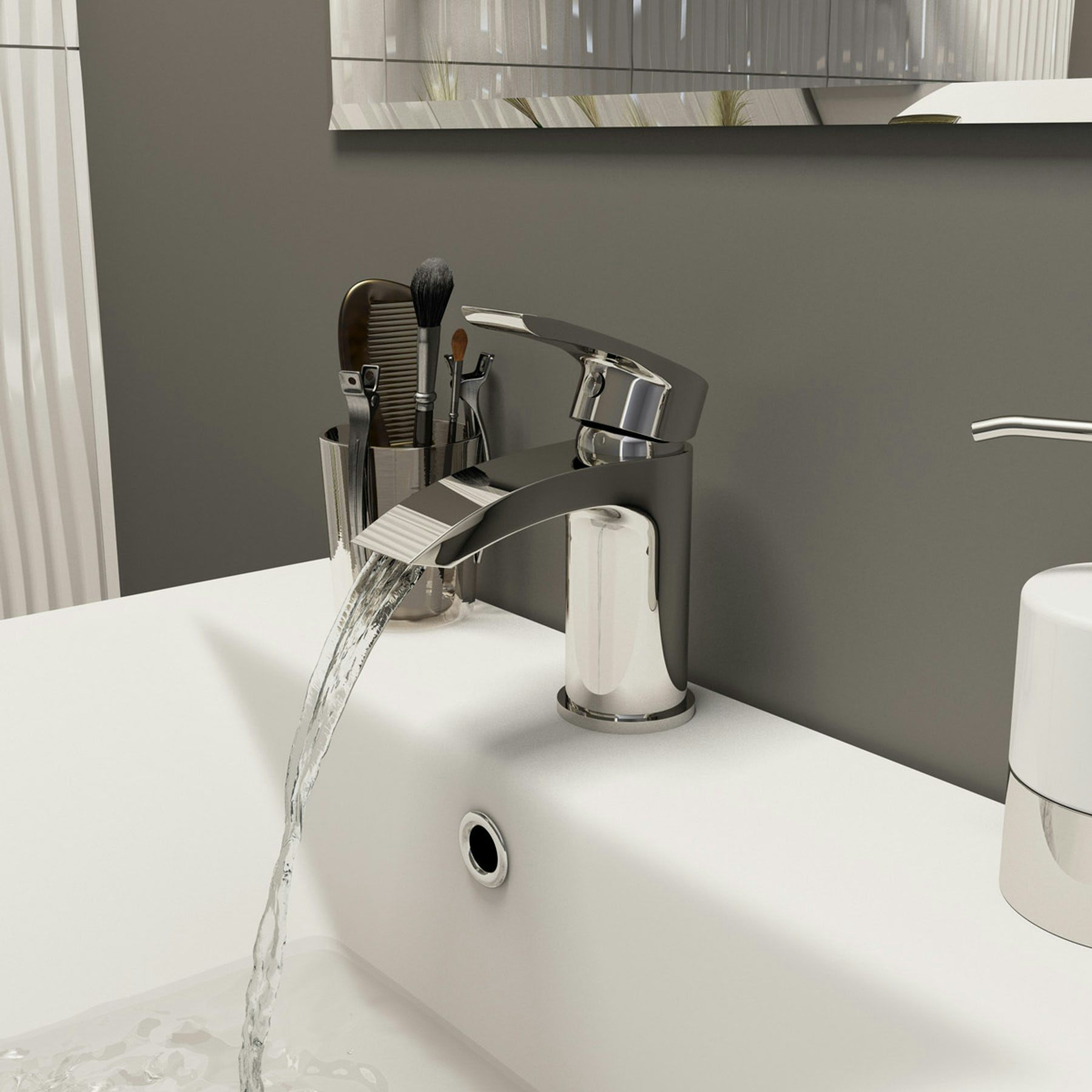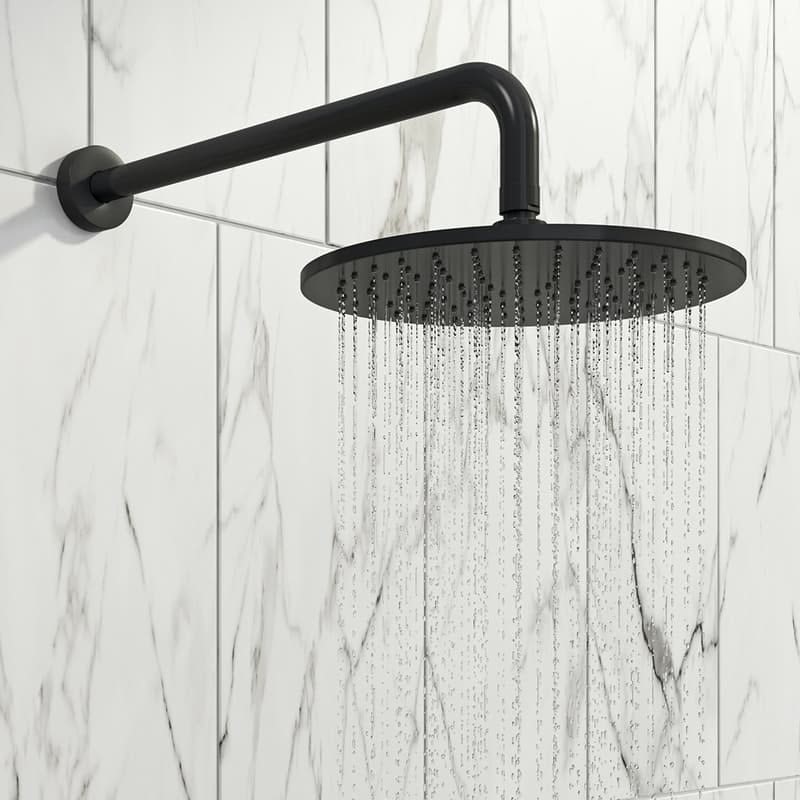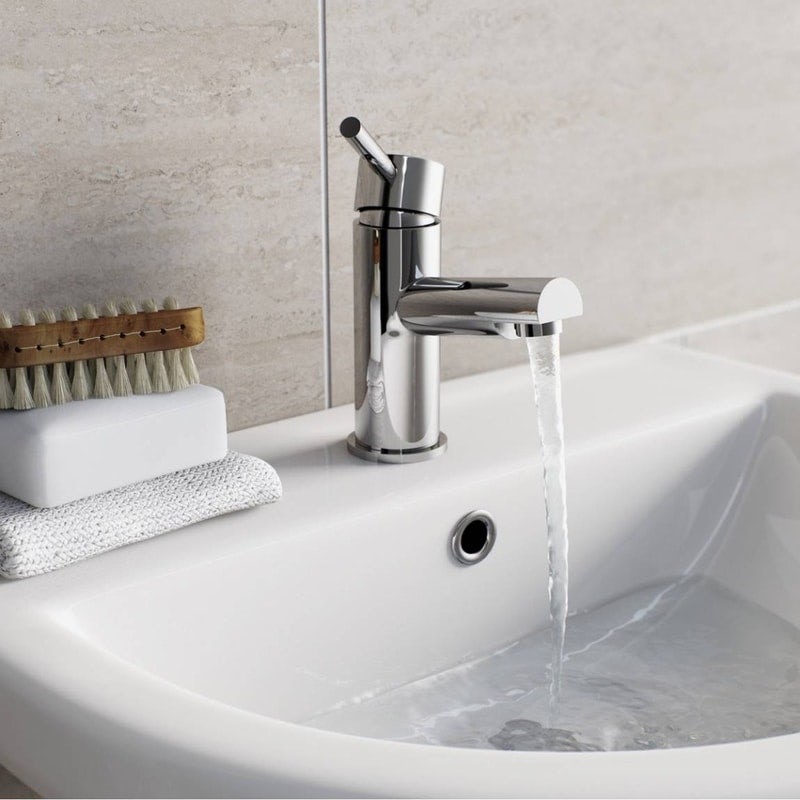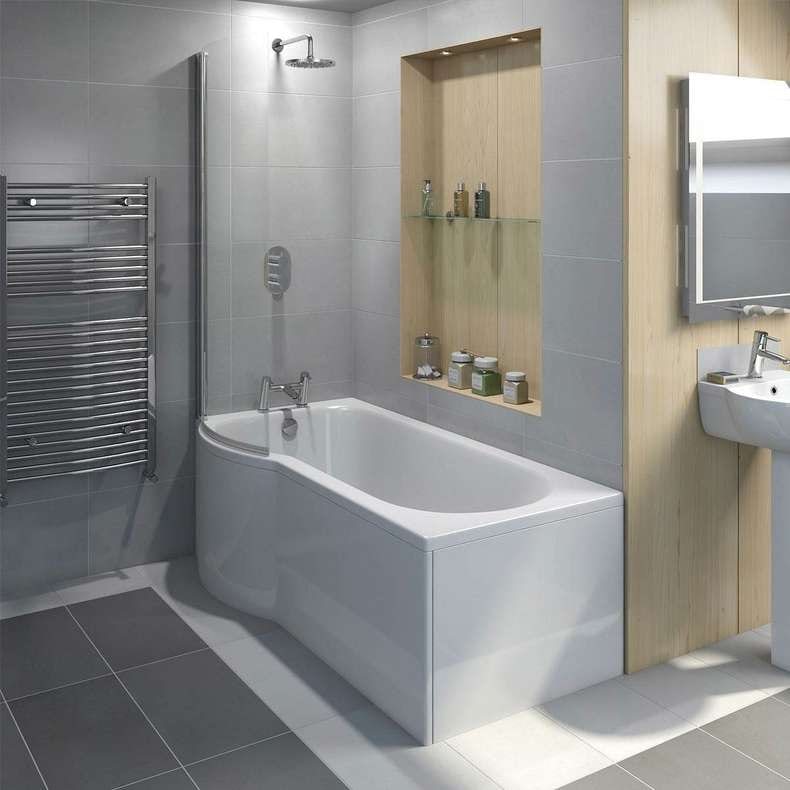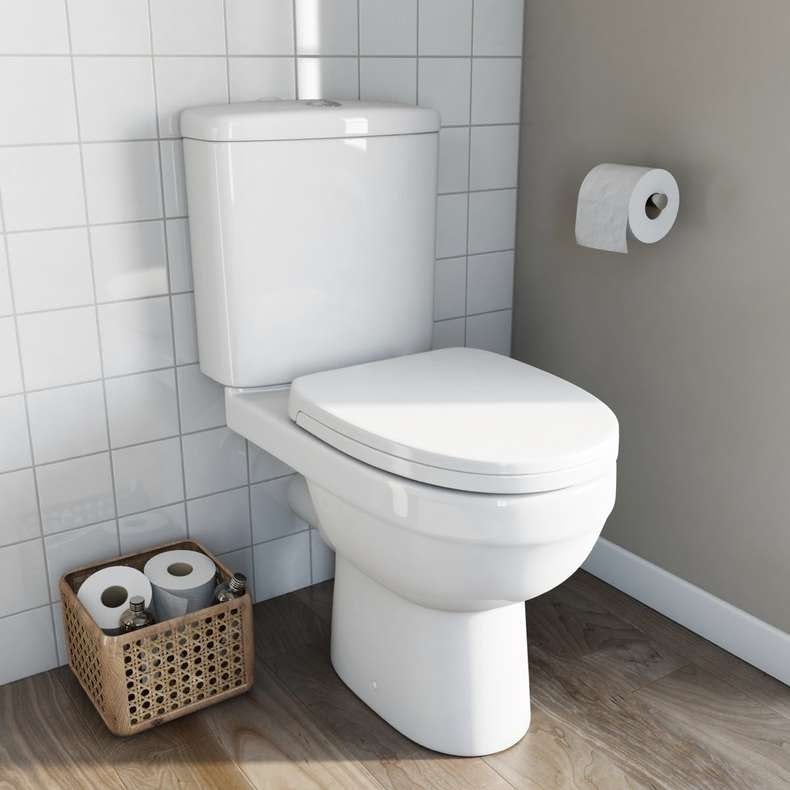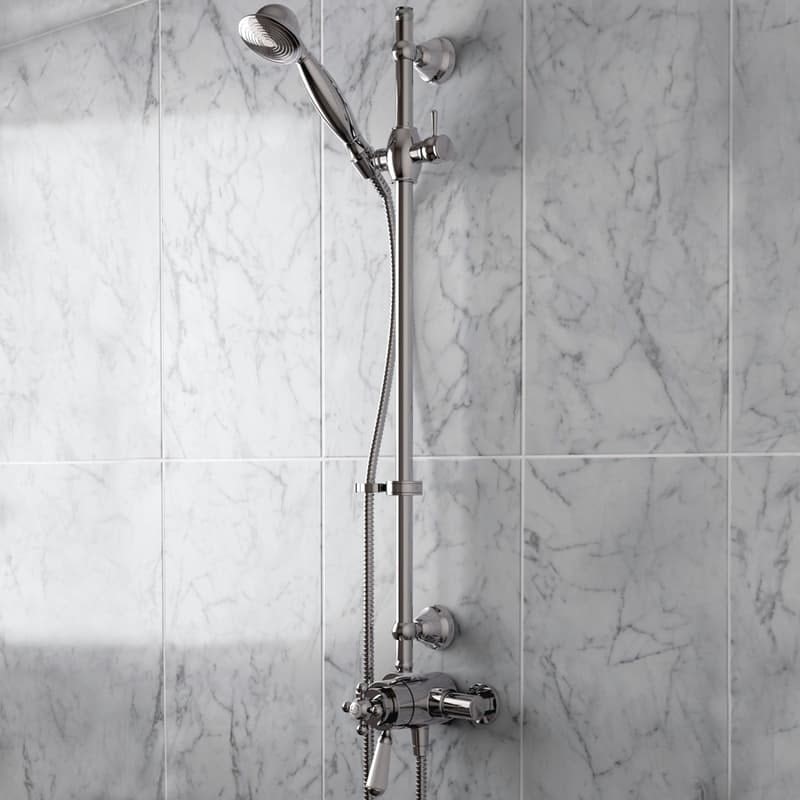Soaring temperatures and record-beating sunshine—no-one in the UK could have failed to spot the signs of global warming in recent weeks.
Whether you enjoy such Celsius-raising temperatures or not, the fact is, hotter summers are on the cards. And not just summers either. Spring and autumn will probably be warmer from now on too.
Cutting back on carbon and energy use is a priority to stop the planet heating up further. But so too is water conservation and other eco-friendly measures that we can all implement in our homes and gardens. One of the best ways to cut back on CO2 consumption is to harvest your own rainwater at home.
In case you’re in any doubt as to the importance of using less water, consider the fact that the Environmental Agency reckon there will be a 15 percent fall in summer rainfall by the year 2050. Some rivers, they say, could have up to 80 percent less water during the warmer months in June, July and August.
UK could suffer regular water shortages by 2030
Water shortages could even be "a thing" in the UK by 2030 if the population—and urbanisation—continues to grow. To the extent, by 2050 we could also be experiencing a shortage of drinking water from our taps. Unless, that is, we can somehow manage to get an extra 3.4 billion litres per day by 2050, say the Environment Agency
So keen is the government’s Environment Agency to encourage us to harvest rainwater, that the practice isn’t regulated. This means your typical household doesn’t need a licence to do it (provided you aren’t causing any environmental damage).
What is rain water harvesting?
When we talk about rainwater harvesting we simply mean the process of collecting rainwater and re-using it your home and garden at a later stage in the future. This could be to water your plants and lawn, flush the toilet or even for using to wash laundry. There are multiple uses for rain water, in fact, some of which we’ll go on to mention later.
In the meantime, harvesting rain water is growing in popularity. To the extent you can buy a number of different Rainwater Harvesting Systems (RHS) online. The more sophisticated the harvesting system (ie those with additional purification and filtration systems) the more you can do with the rainwater you’ve collected—even drink it.
Some RHS—those with larger tanks—can also help you reduce the amount of mains water your household uses by up to 50 percent. And that means halving how much money you pay towards your water bill. That’s not a bad place to start when it comes to reducing household expenditure to help cope with today’s rising fuel, utility and food costs.
Benefits of rainwater harvesting
In other words, rainwater harvesting doesn’t just help the planet in the sense that we’re reusing water, but it can also save us a fortune on our water bills. That’s because if the water we use isn’t from the mains water supply to our home, then we won’t have to pay for it.
Another plus of rainwater harvesting is that it can prevent flooding at a later point in the future. That’s because when you harvest the rainwater it doesn’t run off our driveways and pavements and create a build-up elsewhere. When this happens, it can result in the eroding of water banks, causing localised flooding. And certainly, flooding has been a big issue in the UK in recent years, with many rivers in our towns and cities bursting their banks all too often. The result is homes are damaged and millions of pounds worth of destruction are caused. And it’s not just homeowners who have to tighten their belts of course, local authorities and the government do too.
How to harvest rainwater at home for outdoors
No doubt you’ve probably even seen the easiest way to collect rain water from home—a water butt with a rain diverter. The water can be collected from the roof of your house, garage, greenhouse and hut (anywhere it will collect and run down from, in fact). All you need is for each of these structures to have gutters and a down pipe which goes into a water butt.
A typical water butt can store anything from 50 to 100 gallons of water at a time. The overflow can go down a drain or into a soakaway. You can buy a plastic water butt or recycled wooden version from your local DIY store. The easiest butts to use are those which are on a stand and have a tap near the base to extract the water from. Really, though, the main issue with water butts is that they need to be cleaned regularly to make sure harmful bacteria don't develop.
A more advanced system of water storage can be found in wet and dry systems. In the former, i.e. a wet system, water spouts are added to gutters around the roof of your house. The water then flows down pipes into a large tank. The tank—which can be made from glass reinforced plastic, polyethylene or concrete—doesn’t need to be right beside your house and it can actually be built underground (which is better than above ground since it keeps the water at a consistent temperature, meaning you’re less likely to find bacteria in it).
A dry system is merely a large tank, positioned beside the house, which has the capacity to store far more rainwater than a water butt.
Harvesting rainwater for the inside of your home
A whole house RHS involves filters, connectors and a control system (to visually check everything’s working ok), in addition to the pipes and storage tank. Here in the UK, you’ll also have a mains water back-up in the system to make sure that if the flow of rainwater runs out, you’re not caught short.
Before the rainwater even reaches the tank, foliage such as leaves, twigs and other debris is filtered from it. In the tank, filters are added to make the water drinkable, and to destroy any bacteria.
It’s important to regularly maintain and service the system, to ensure the filters are working properly and there are no blockages in the pipes.
The cost of a sophisticated wet RHS can be anything from £2,500 up to £6,000. It really depends on the size of the tank and whether or not you’re installing it at the cost of construction (i.e. along with your new build home) or retrofitting it. A system is always more expensive when retrofitted as you may have to alter the existing plumbing, excavate a wall or two for the tank and put in a new roof (one that can cope with the drainage requirements).
Rain harvesting for new builds
Legally, owners of new build homes are more or less forced to consider rain harvesting methods. That’s because, in an attempt to save already overloaded drainage systems, building regulations state there shouldn’t be any more water coming from a plot than there was previously.
Developers or individual self-builders have a great opportunity to harness rain water by sinking a large tank in the garden. They can then collect the water during the wetter winter months and use it both outside in the garden and indoors for cleaning, toilet flushing, etc (as we’ll go on to explain further in this article).
Meanwhile, housing developments with one or more inbuilt RHS have already been completed in Somerset (12 houses), Nottinghamshire (24 homes) and Devon (37 houses being supplied by 11 systems). One of the largest to date is 120 houses at Upton Green in Northamptonshire.
What to do with your harvested water
What you do with your water depends on how creative you want to be, but some of the more popular ways to use your harvested rainwater take place in the garden and indoors for cleaning. Here’s how the majority of people in the UK use theirs:
Inside the home
Flushing the toilet
This is something we all do many times a day, to the extent that the average person will use up 34.5 litres in a 24-hour period—just to flush the loo. Modern toilets come with a dual flush, which gives you the option of a shorter flush for liquid waste (usually around 3 to 4 litres) and a longer flush for solid matter (often using up to 6 litres of water per flush). In an older toilet, without a dual flush, you can use as much as 9 litres. Think how much water—and money—a family of 4 or 5 could save by using rain water solely for this purpose alone… the harvesting system would pay for itself in no time. To do so, all you will need is a harvesting system with a decent filtration system. It’s worth thinking about as this is where we use most water indoors.
Cleaning in general
You can safely clean your windows using harvested rain water without fear of streaks. That’s because there’s no calcium (or chlorine, for that matter) in rain water. Feel free to wash floors and tiles with it too.
Laundry
You will get another big saving in your water bill here, provided you have an RHS with good mechanical filtration. Not only that but it’s better for your machine too—if you live in a hard water area, that is. That’s because rainwater is naturally soft meaning you will need less detergent and there’s a smaller chance of limescale building up in the machine (you can also use a limescale inhibitor for this purpose). Again, using rainwater for your washing machine is a big saving since washing clothes is the second biggest way we use water indoors.
Outside the home
Watering your garden
Most plants cope fine with just rainwater—in fact they prefer it because it is soft and chlorine-free—so keep your drinking water for indoors. According to the Environmental Protection Agency (EPA), we use around 30 percent of our water for outdoor use. Watering lawns and flowerbeds with a hosepipe, watering can or a sprinkler system uses up a lot of excess water. Make sure that the flowers you water are established plants rather than seedlings (to prevent the risk of fungal plant diseases).
Washing the car
Not only will you save money, but your car will be streak-free and gleaming after washing it with natural rainwater. Surveys show that washing the car—either by using a hosepipe or buckets of water—can use up to as much as 100 litres of water (the average is around 35 litres).
Filling a fountain or pond
Again, ponds are better filled with rainwater since it’s softer and doesn’t contain any chlorine (which could potentially harm drinking birds and thirsty wildlife).
Water use per activity
Just in case you were wondering, the average person uses around 152 litres of water every day. That’s according to a report by the CCW—an independent voice for water consumers in England and Wales. Here’s how our use is divided further by typical chores and activities:
Toilet
- Up to 6 litres per flush (modern cistern)
- Up to 9 litres per flush (older toilets)
Shower
- Power shower: 13 litres per minute
- Electric shower: 5 litres per minute
Bath
- A full bath uses just under 200 litres
Washing hands
- 6 litres per minute with a running tap
- 8 litres per basin wash
Washing machine
- 50 litres per cycle
Dishwasher
- 14 litres per cycle for a modern dishwasher
- 10 litres per cycle on eco-setting
Using rainwater outdoors in a safe fashion
To prevent bacteria from growing in rainwater in your water butt, it’s a good idea to carry out the following practices:
-
Always locate the water butt in a shaded spot since the cooler the water, the less likely bacteria is to grow. Also, make sure there aren’t any leaves or other foliage lying soggy in the guttering as this too can result in bacteria growth.
-
When wetting your plants and lawn, you should always use a hose on a fast speed or watering can. That’s because using rain water in the form of a fine spray will make any particles in the water airborne. These can be inhaled by you, if you are the one doing the spraying, and it could later cause you to pick up an infection.
-
The more rainwater you use, the better—and fresher—your current supply will be. That’s because you’ll be replenishing the stored water more frequently.
How do other countries do it?
All new builds in both China and Brazil have established rooftop rainwater harvesting systems built in. New legislation is being introduced in the United States of America to encourage homeowners to start using rainwater harvesting technology (it was previously banned), while in India they are introducing school children to the benefits of harvesting rainwater.
Agencies who can offer further advice
There are a number of independent and government agencies or organisations you can contact to get further advice on rainwater harvesting and to find out if it’s suitable for you. These outfits include:
- The UK Rainwater Management Association—for help in purchasing and installing a rainwater harvesting system
- Royal Horticultural Society—for managing and using rainwater in your garden
- Environment Agency—a guide to harvesting rainwater for domestic systems
Reusing greywater in your home
If you want to find out more about this subject, we've written a whole article on reusing greywater from your bath, sink or washing machine.
Discover more about eco bathrooms
If you'd like to find out more, head to our eco bathrooms hub, where you'll discover more ideas and information. You'll find plenty of helpful advice, including our top water-saving tips, how to check your toilet for leaks and how to recognise water-saving bathroom products on our website.
You can browse our full eco bathrooms range by clicking on the banner below.

